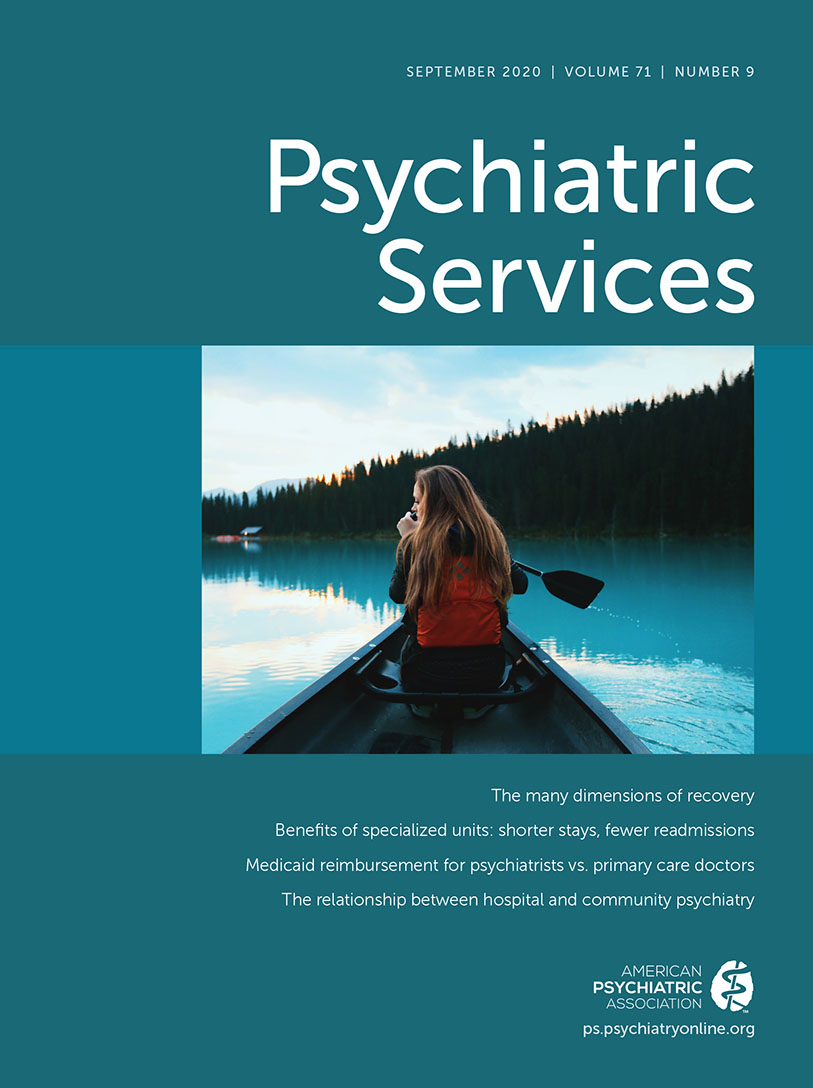Patient Falls and Injuries in U.S. Psychiatric Care: Incidence and Trends
Abstract
Objective:
The goal of this study was to estimate the incidence of falls (total, injurious, and assisted) in U.S. psychiatric care across 6 years (April 2013–March 2019).
Methods:
Data on falls among patients of adult and geriatric psychiatric units of general, acute care, and psychiatric hospital inpatient units from the National Database of Nursing Quality Indicators were used for this 6-year study. Total falls, assisted falls (i.e., falls broken or slowed by staff), and injurious falls were calculated, along with trends in total and injurious fall rates.
Results:
The sample included 1,159 units in 720 hospitals. Of the 119,246 falls reported, 25,807 (21.6%) resulted in injury. Only 7.0% of the total falls in psychiatric units were assisted by a staff member. Falling unassisted was associated with a higher likelihood of fall-related injury (adjusted odds ratio=1.69, 95% confidence interval=1.59 to 1.80). The total fall rate (8.55 per 1,000 patient-days) and injurious fall rate (1.97 per 1,000 patient-days) were highest for geriatric psychiatric units in general hospitals. Total and injurious fall rates in psychiatric units in general hospitals declined during the study (total fall rate declined by 10% for adult psychiatric units in general hospitals). There was no clear trend in total or injurious fall rates for units in psychiatric hospitals.
Conclusions:
Falls are a persistent problem in psychiatric care settings. Few fall-prevention programs have been tested in these settings, which have unique risk factors for falls. Additional research is needed to develop fall-prevention interventions in psychiatric care.



